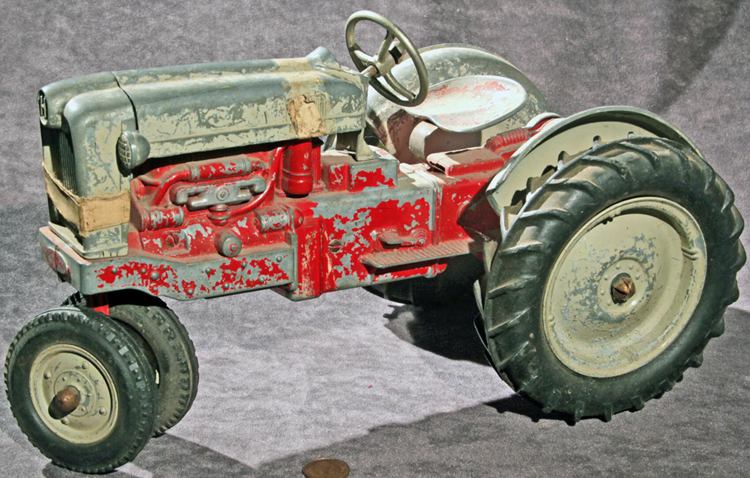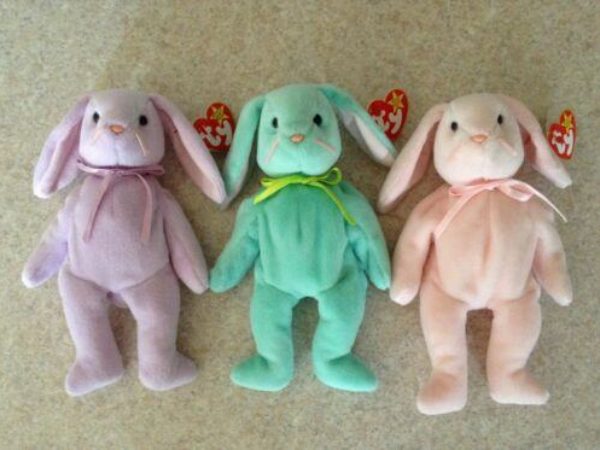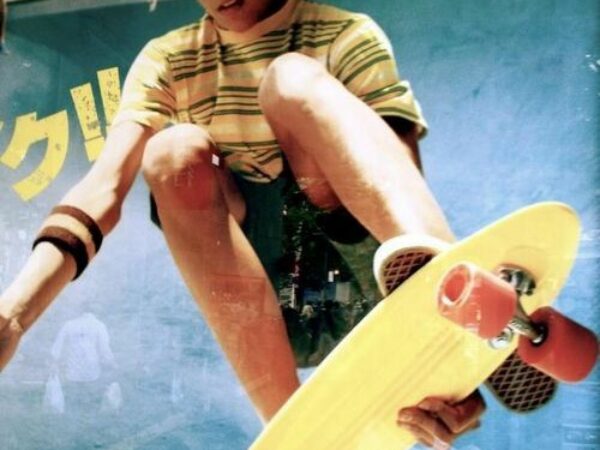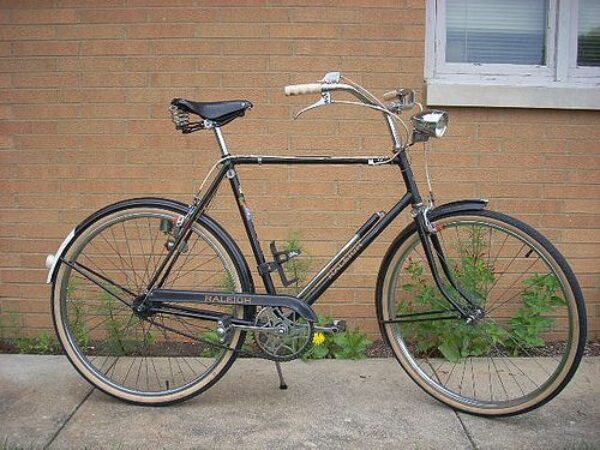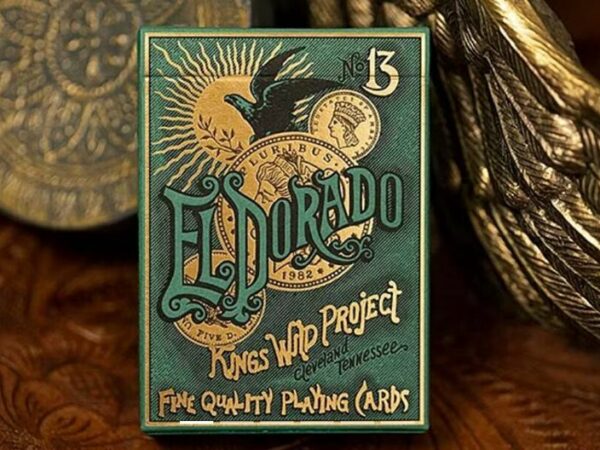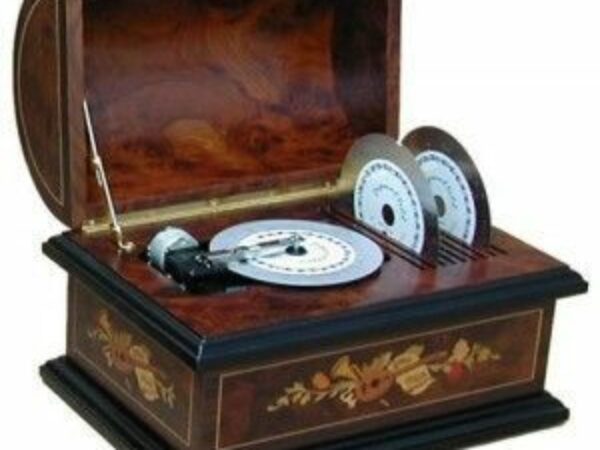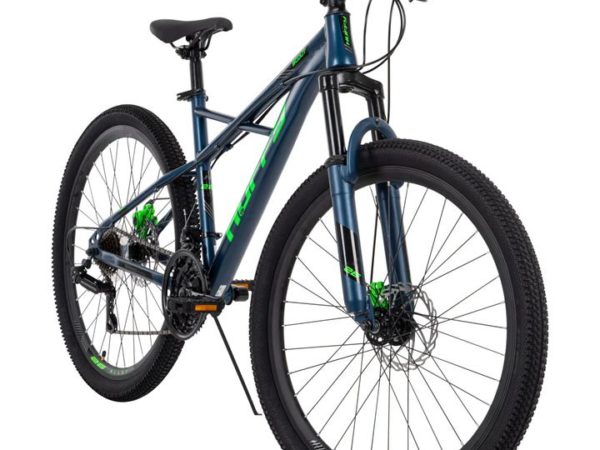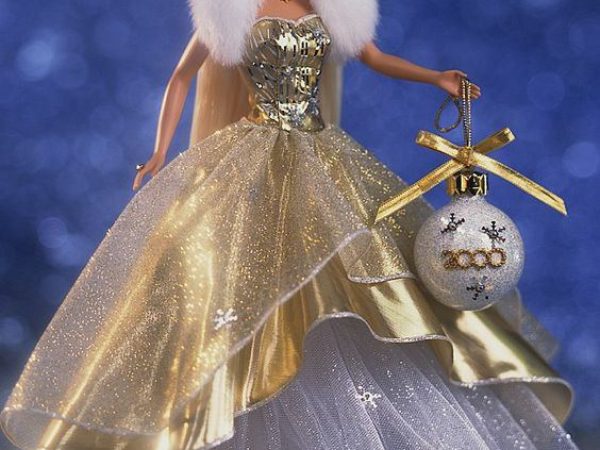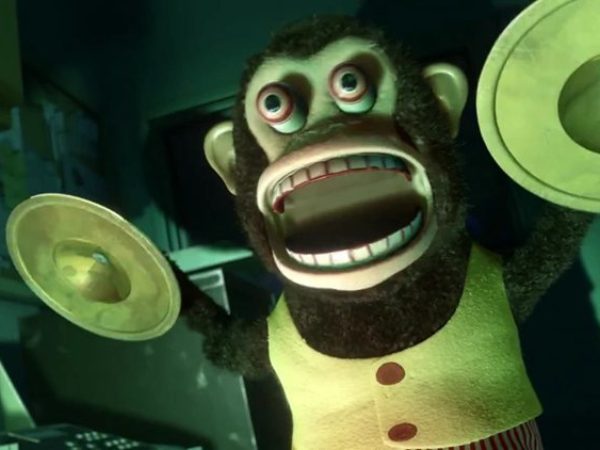The world of Agriculture took a different turn in 1837 when John Deer founded the first commercially successful steel plow. Shortly after, he created his company, an organization still very much alive today. Over the years, the blacksmith’s company has gained fame for its creations and soon became a household name.
The life-sized tractor was a revolution, but it wasn’t to be just for farming; it became an inspiration for toy creators. Though there are no official records, rumor has it that the first replica of these machines appeared in 1920. However, it wasn’t until 1946 when Fred Ertl created his first which he made from aluminum.
His second attempt turned out more original, as he used rubber to create the miniature tires. Fred and his son shook hands with Deere and agreed to manufacture the blacksmith’s toy products on a larger scale. Since then, John Deere toy tractors have grown popular, appealing to youngsters and adults worldwide.
Here, you’ll find information about these toy tractor values. As you read further, you’d discover the most popular tractors and the factors that affect their worth.
Table of Contents
Clues to Help You Identify Vintage John Deere Toy Tractor
If you’re a collector, you will love to lay your hands on some Vintage John Deere toy tractors. Even if you aren’t, there’s nothing more thrilling than having one of those older toy versions. The question is, how do you identify a Vintage John Deere toy tractor?
Materials Used
Older versions of toy tractors were made using cast iron. Cast iron was inexpensive, you could make it into nearly any shape, and duplicate portions could be mass-produced in molds. They made these toys successfully using the sand-casting method.
Cast iron tractors contain a lot of detail and some hand finishing because of the painstakingly carved master molds. These master molds could be anything – wood, plaster, or even brass. However, you should note that some newer toy versions are also from cast iron, like vintage productions.
Though it might be difficult to tell them apart, vintage toy cars have finer details because of the casting sand. In other words, newer toy versions from this same material have a more coarse feel.
Measurements
Another reason for the better features of vintage cast iron toys is that they were produced from a mold with an original master pattern. On the other hand, reproductions use master blueprints or copies of other vintage creations.
When a piece is replicated, it undergoes some deformation, which results in a loss of detail. Even a minor deviation in each piece can significantly impact the final appearance of the toy.
Normal shrinkage might be advantageous to an educated consumer in some ways. You can compare the measurements of the original and the test piece if you know the measures of an authenticated original.
This information is detailed in most reference books on certain sorts of cast iron toys. In order to make identification even more exact, several volumes provide base tracings of the original pieces.
The Paint
Another method to tell the difference between new and old iron is the paint job. A thick coat of oil-based enamel was what most vintage producers used when they finished production. More recent creations use water-based acrylic paint, which looks less coated.
Different methods of application were also used, affecting the appearance of both. Older creations were dipped into the paint. Afterward, its makers could use a brush to touch up some parts. On the other hand, producers of newer versions of these toys use air-powered spray guns.
Hand Finishing
Another distinction between old and current cast iron toys is the level of hand finishing. Most antique items have very precise finishings, while most reproductions do not.
The reason for this is the process it follows during production. Original cast iron toy halves were frequently put together by hand filing. In earlier cast iron toys, this particular attention to fit resulted in a tight seam.
New cast iron seams are frequently loose and poorly constructed. The long yet efficient manual method of assembling these toys is replaced with modern high-speed production equipment, which leaves visible grinding marks. When you observe these marks, especially if they are bright with a discoloration, you can be sure the item is a copy.
Wear Pattern
In original painted cast iron toys, thicker paint and thicker layers of paint formed by dipping create a distinctive wear pattern. You’ll notice sharp edge chips resulting from the thickness of the paint. Reproductions do not have this wear pattern.
Unpainted Condition
Old cast iron that has not been painted looks different from modern cast iron. New cast iron is often gray or a dirty silver tint; however, old cast iron is dark brown or sometimes black. Still, it would be best if you were cautious when you see an even colored and unpainted production.
People can alter new cast iron paint and outside appearance to deceive you. High temperatures can also cause a new piece’s surface to turn a consistent dull brown or deeper tone. A dark-colored surface can also be achieved by burying a fresh bit or soaking it in various chemicals.
Check for repairs by using a magnet to go over the entire component. Many repairs and replacement parts are constructed of non-magnetic materials like epoxies, brass, and aluminum.
Popular Vintage John Deere Toy Tractor and their Values
Antique toy tractors don’t usually command the highest prices, but vintage or contemporary releases might be just as expensive:
- The Ertl John Deere 430 was an early toy created by this legendary manufacturer; a new one can exceed $2,000. This toy tractor has an excellent style with a wide front end and rubber tires.
- A harrow-equipped John Deere 630 sold for $625.
A few of these creations are sold on eBay for reasonable prices.
- A restored vintage 1960s Ertl John Deer farm toy tractorsold for $264.99.
- A yellow vintage John Deere 140 lawn and garden tractorsold for $109.65 on May 8, 2022.
- On May 10, 2022, a vintage 1930s arcade John Deer model tractorsold for $128.50. Though it was a used toy, it appeared to be in good condition.
- Another Vintage Ertl John Deere 4WD 590 Log Skidder Tractoron eBay is priced at $100.
Factors That Affect Vintage John Deere Toy Tractor’s Value?
Here are the factors that affect the value of the John Deere toy tractor.
Rarity
Vintage toy tractors that are hard to come by are more valuable than those you can find anywhere. Not all old toys are helpful, but a few could sell for an impressive amount. These valuable ones are probably those that were made by a specific manufacturer or with materials. Another factor that affects the value is its date of production.
Vintage creations made in a certain period attract more attention than some. To check for the date of these toys, look for a marking or try to discover their origins.
Condition
Most people don’t want to buy something they cannot salvage, even if it was one of the most priced items. In other words, the toy’s condition also affects how much it will sell. Many vintage collectibles are easy to come by in worn or damaged form, but one in an immaculate condition is nearly rare to get by. As a result, perfect products attract a far greater price than less perfect ones.
How to Value and Sell a Vintage John Deere Toy Tractor
Vintage items are difficult to appraise because their value depends on what someone else is willing to pay for them. This is especially true of toys, which vary significantly in quality and rarity.
You can determine a Vintage John Deere toy tractor’s worth in the following ways:
Look at the recent sales of similar antique toys
The best approach to get a sense of the market for your vintage toys is to look at the prices of similar things recently sold. With eBay’s advanced search, you can easily find what you’re looking for in no time. Inquire about the date and the variances between your things and the ones that were posted.
Adjust your pricing based on the quality of the items you’re selling
After you’ve found similar things that have recently sold, you can begin calculating a value based on that price. The quality and rarity of your toy compared to other similar products are the most important factors that influence its cost.
If your item is in better shape than what is sold on eBay, a buyer will likely be ready to pay more for yours. This allows you to raise your price. Furthermore, if your item is a more limited edition, you can increase the price.
Additional Resource for Determining a Vintage John Deere Toy Tractor
You’ll need the information to value an object, and the more information you have, the more accurate and dependable your appraisal will be. Of course, the internet is a terrific and usually free resource, and you can find a lot of what you need there. However, a large assortment of toy and model collecting books, publications, and guides are available. These books are usually very detailed and include many high-quality photographs for identification.
Final Thoughts
A toy tractor is not just any old thing. It may be a prized possession, and therefore, it should be treated as such. John Deere toy tractors are among the most valuable collectible items out there. They are highly sought after, and this makes them quite valuable. If you plan to sell your vintage toy tractor, make sure you know exactly what you’re doing. You can start with these tips and then move forward from there.


